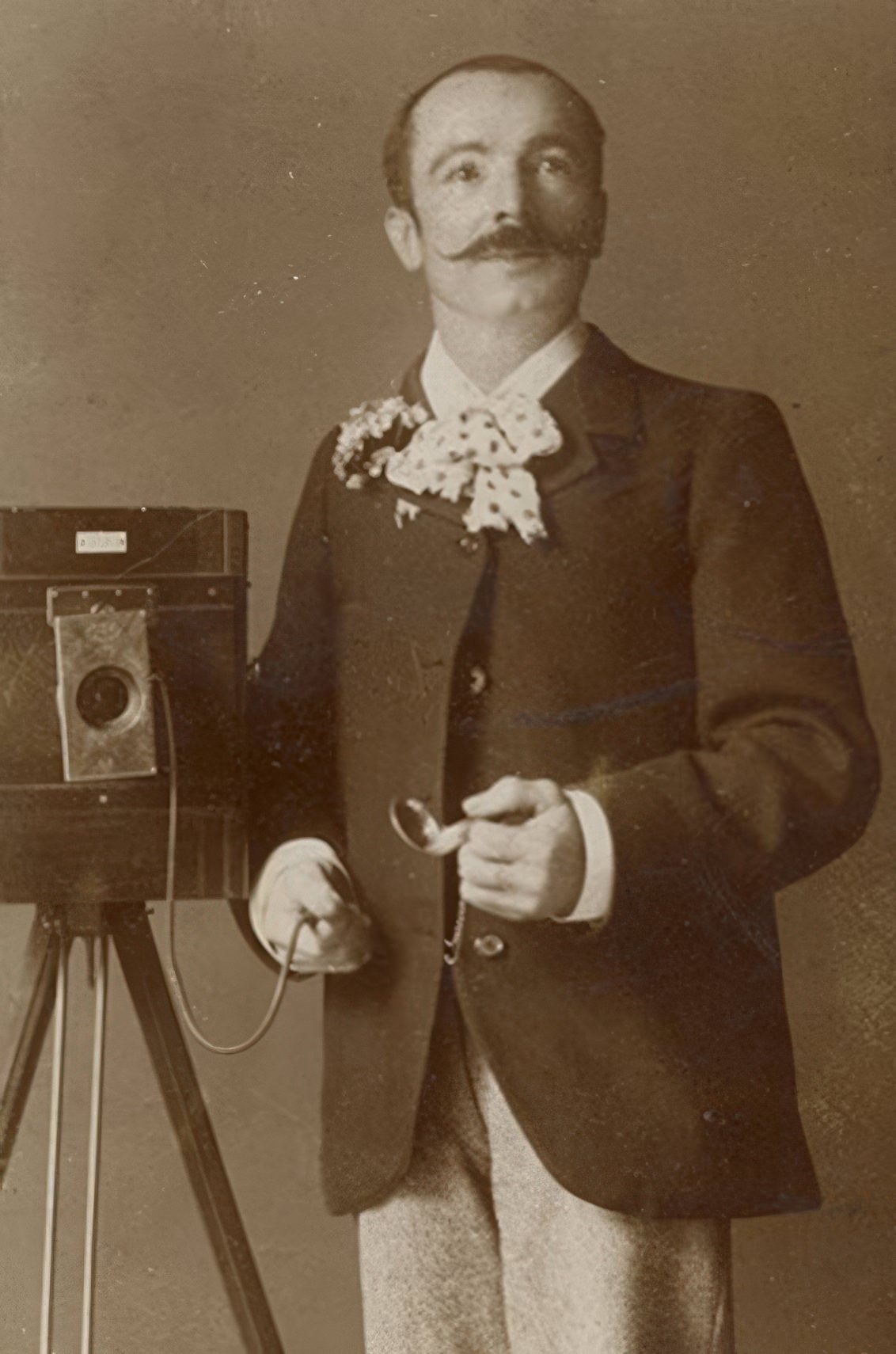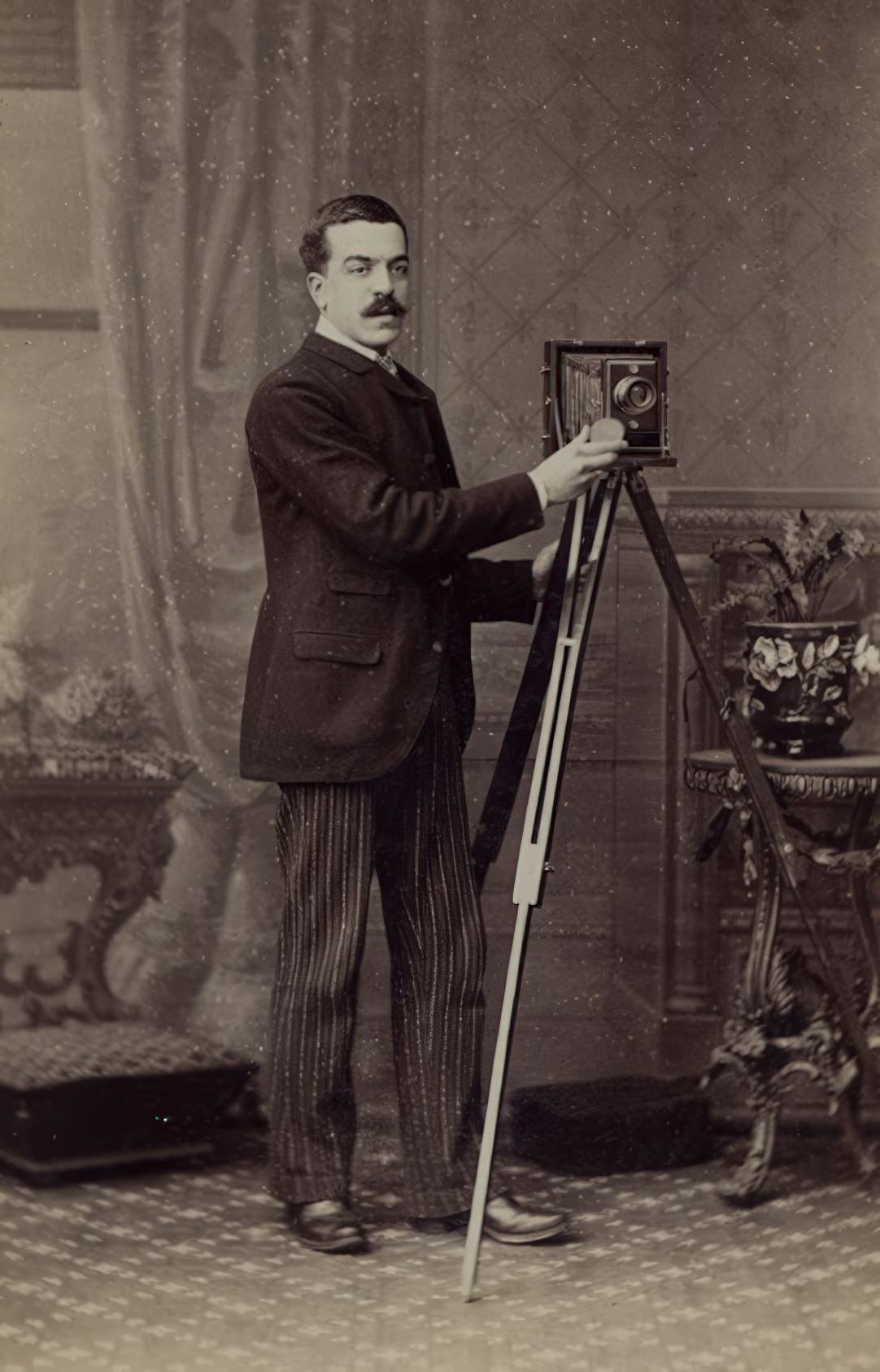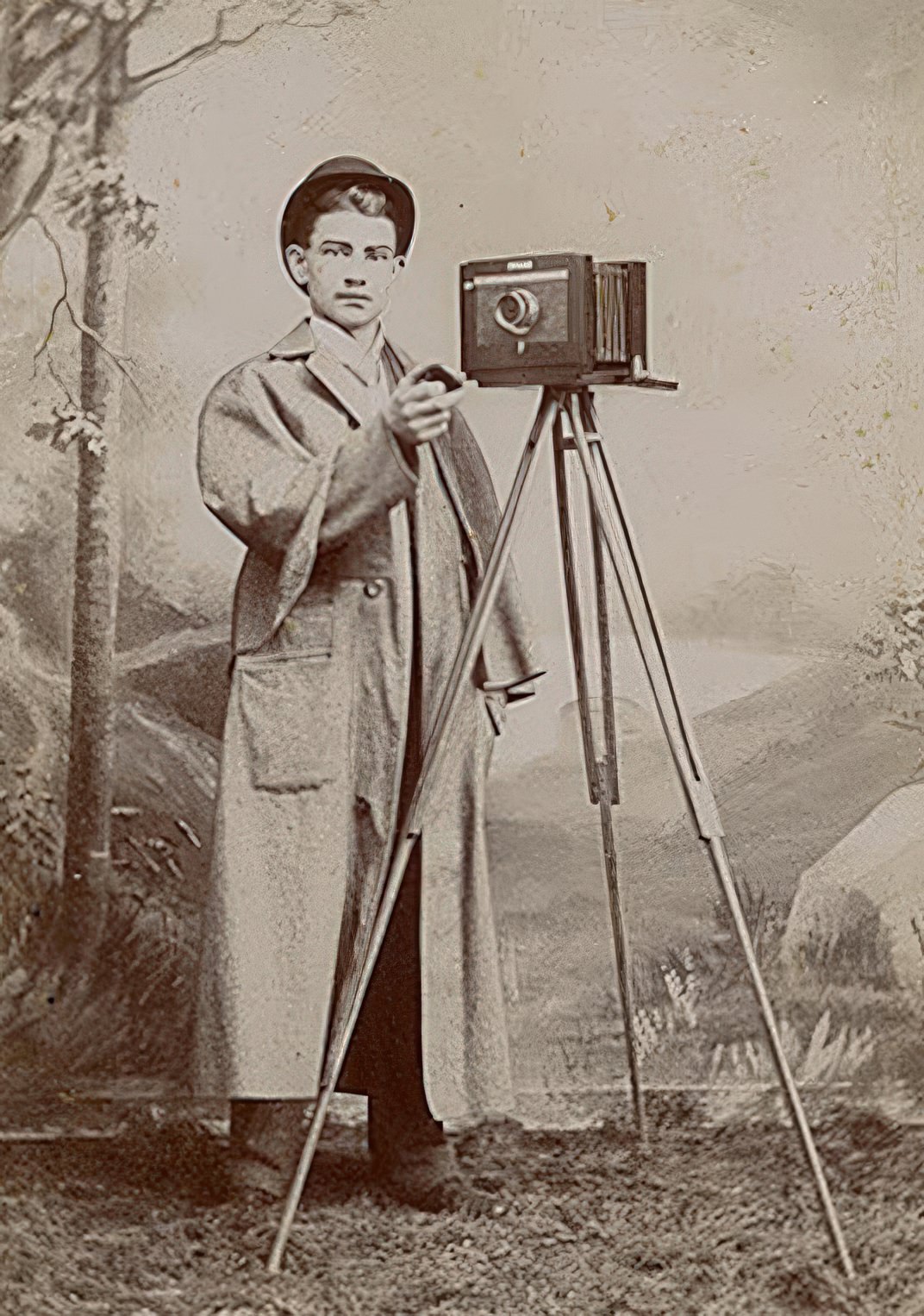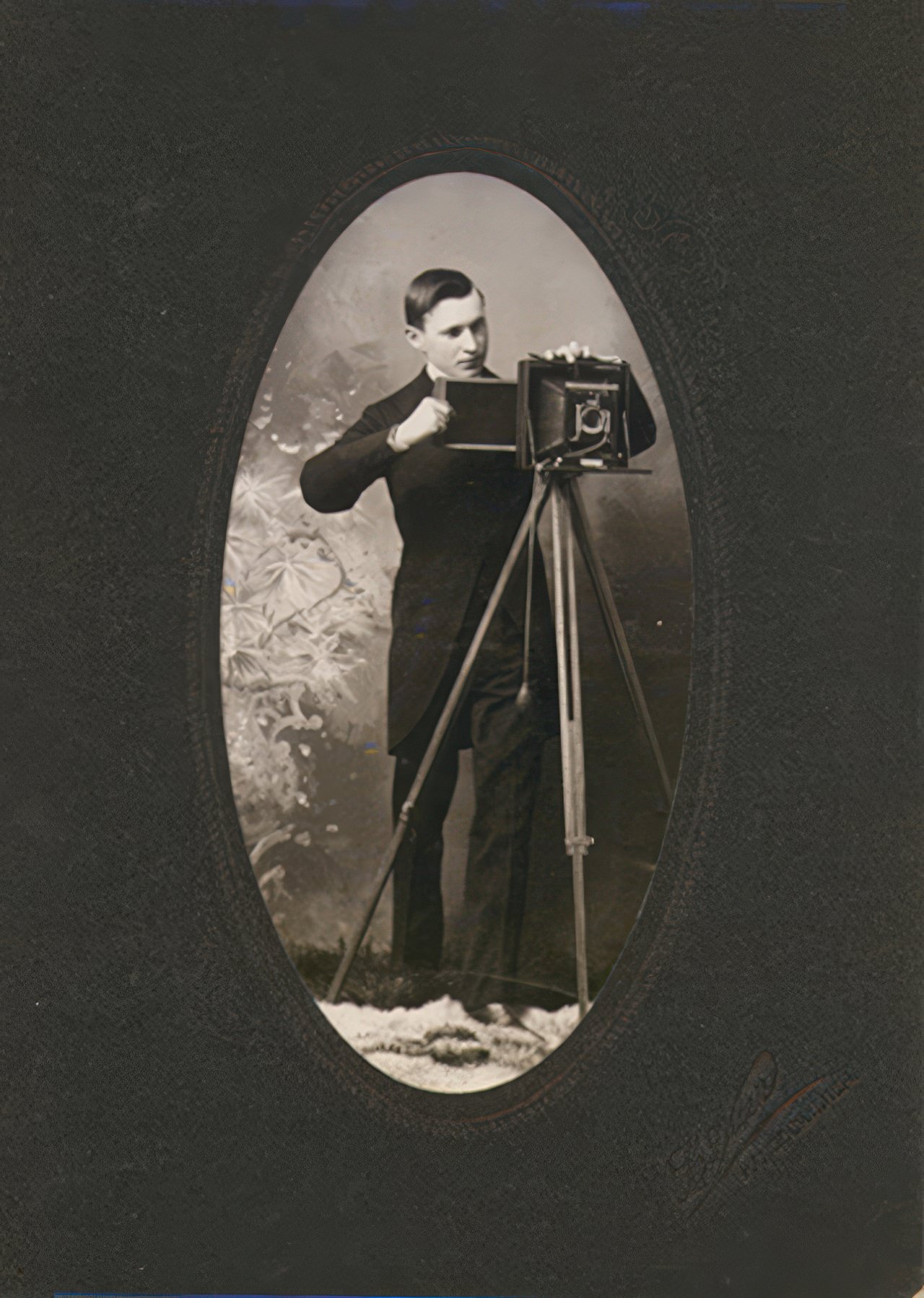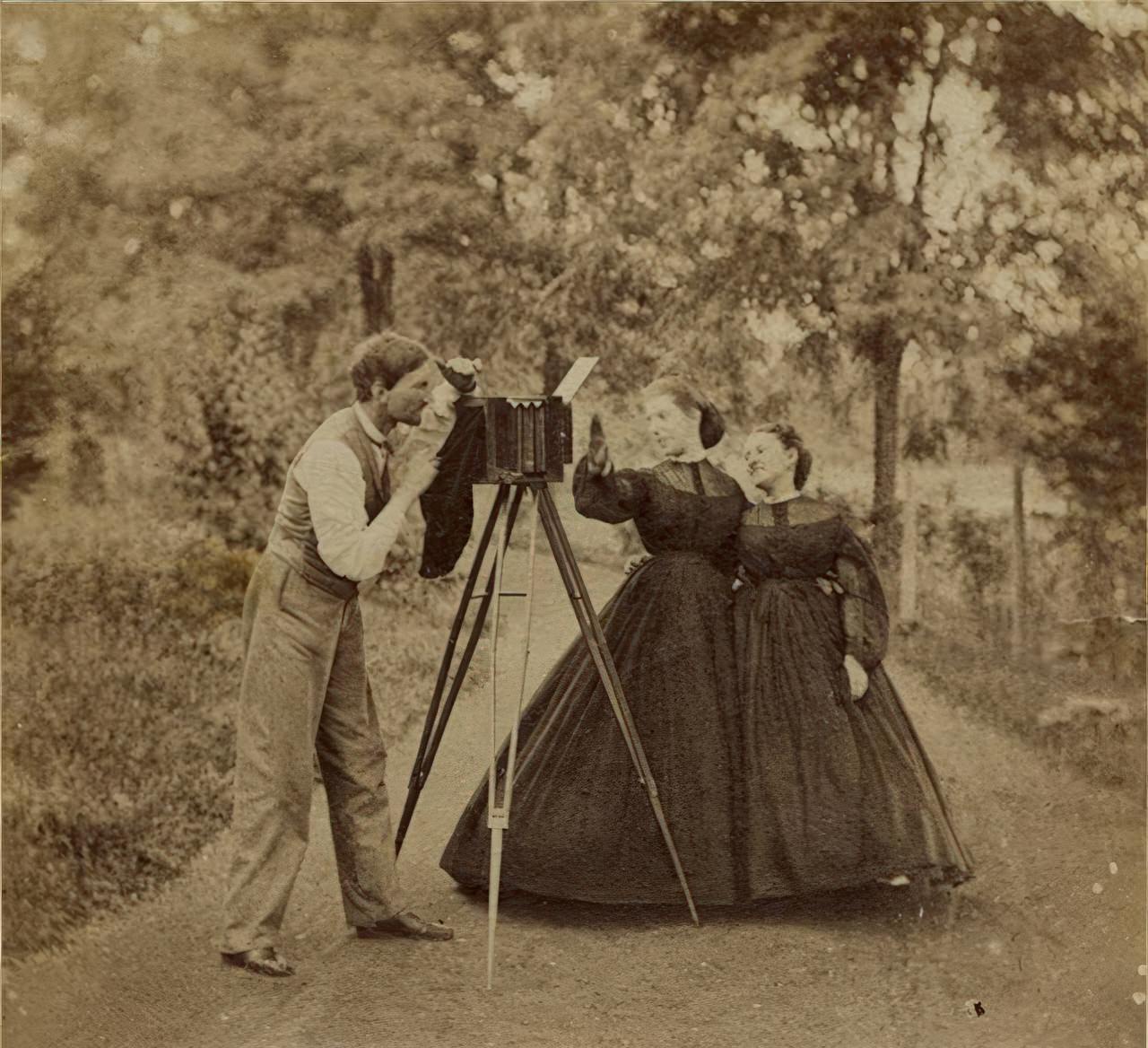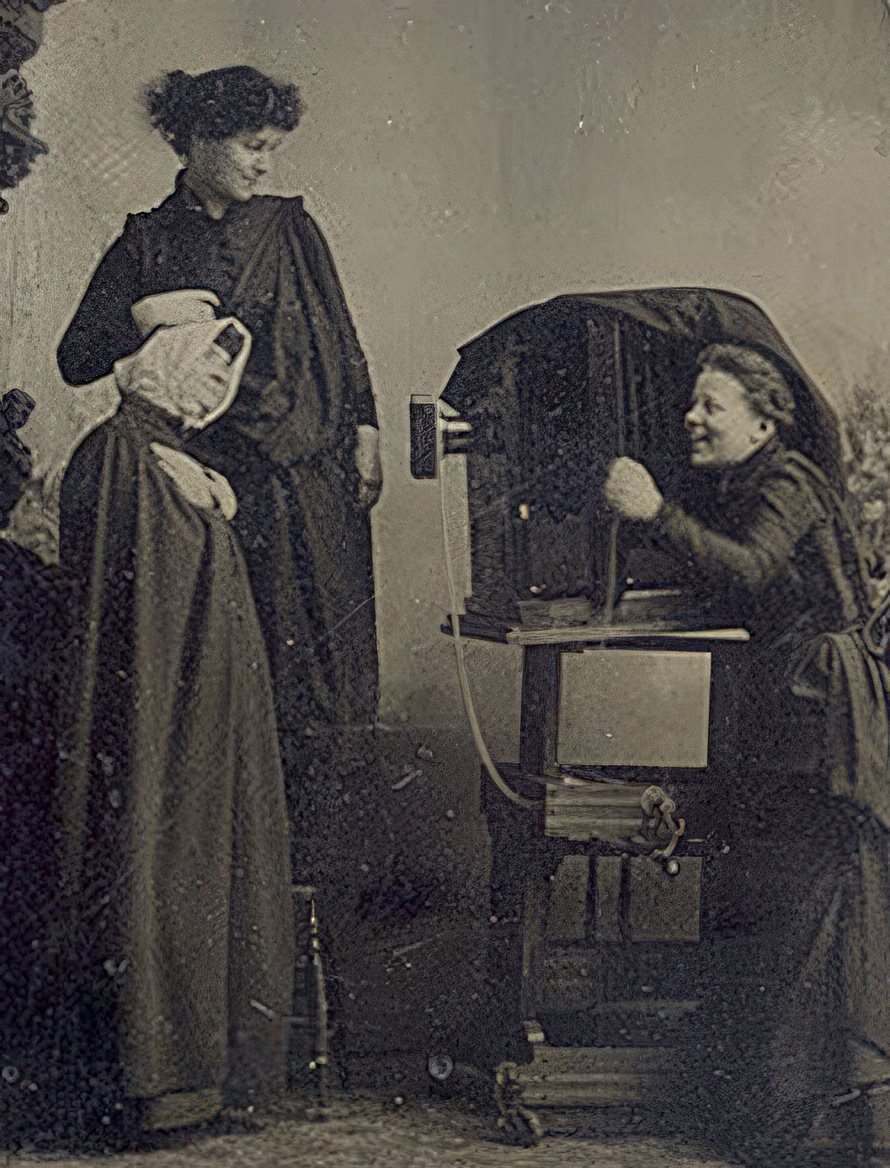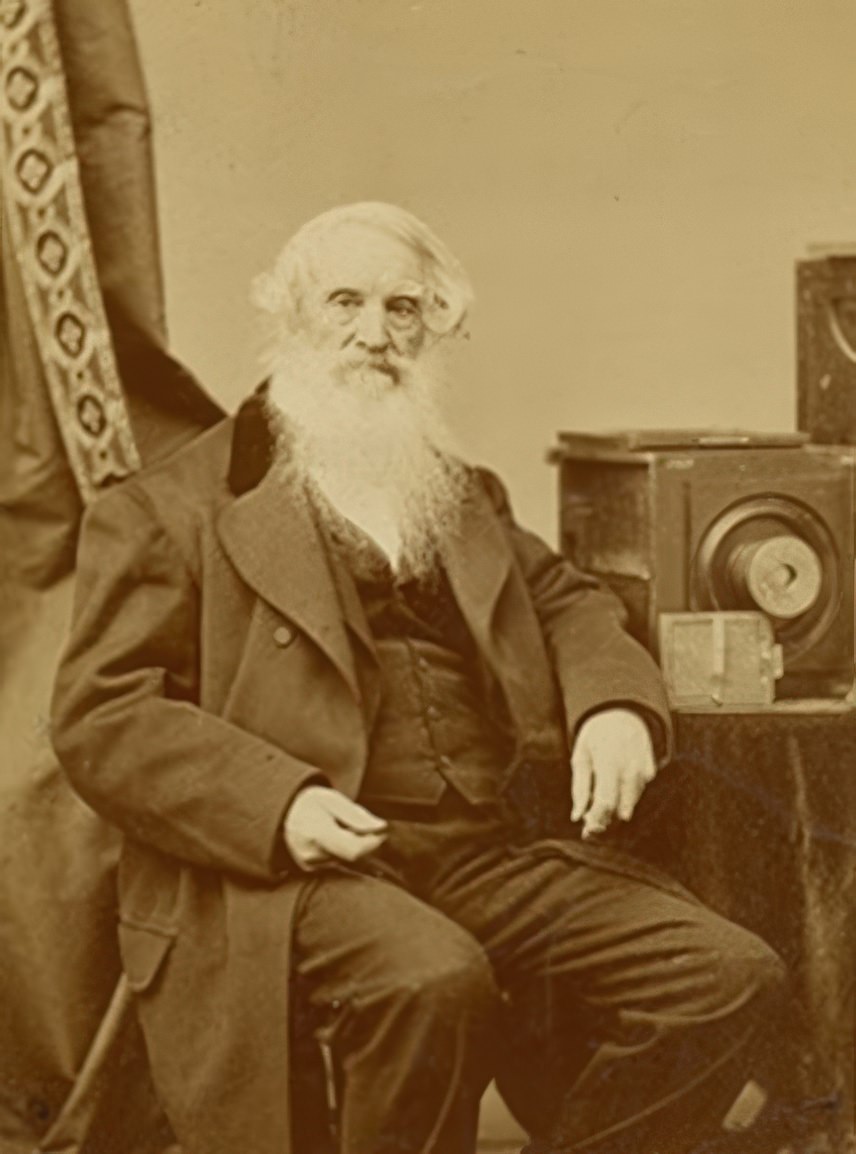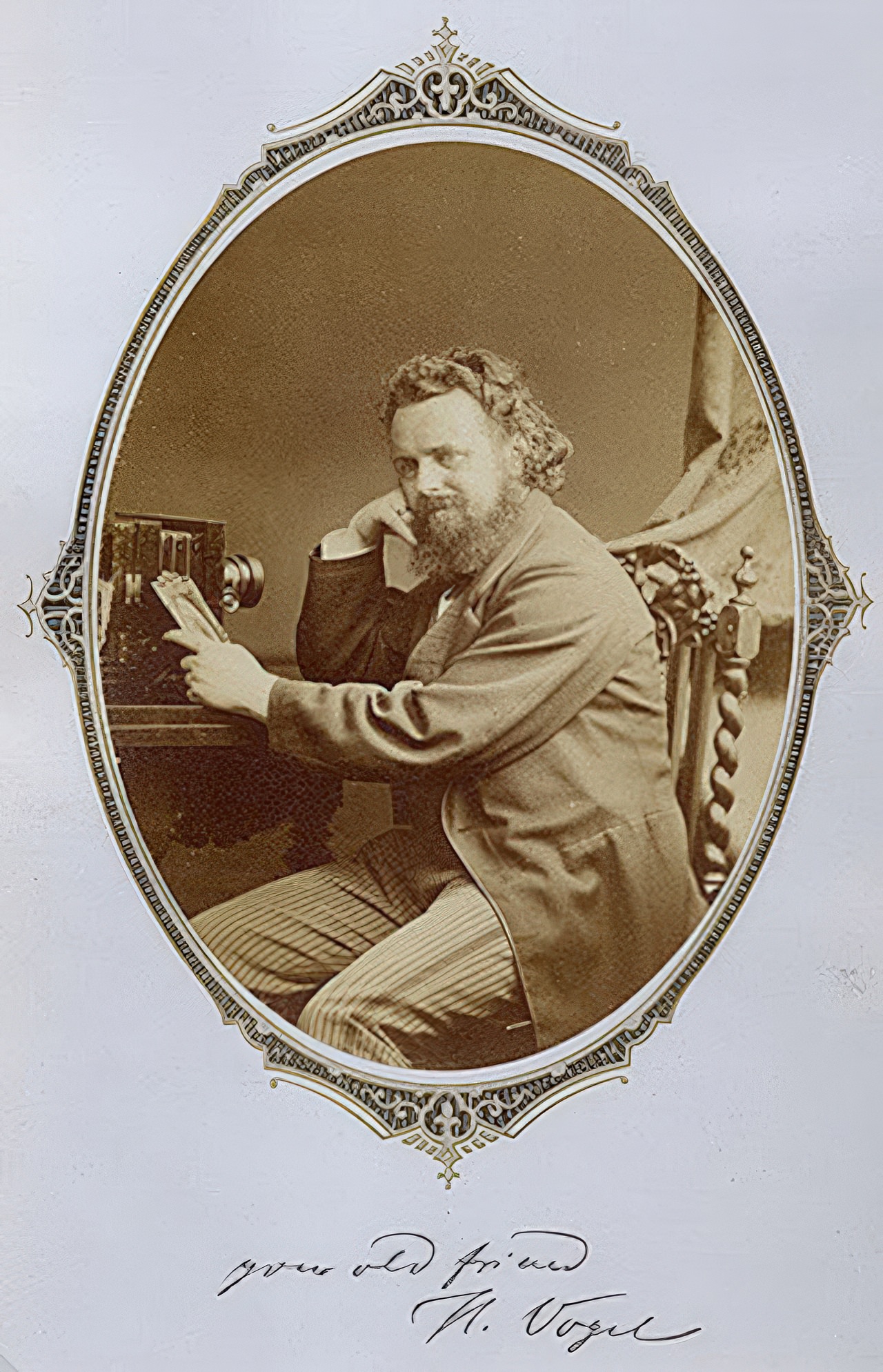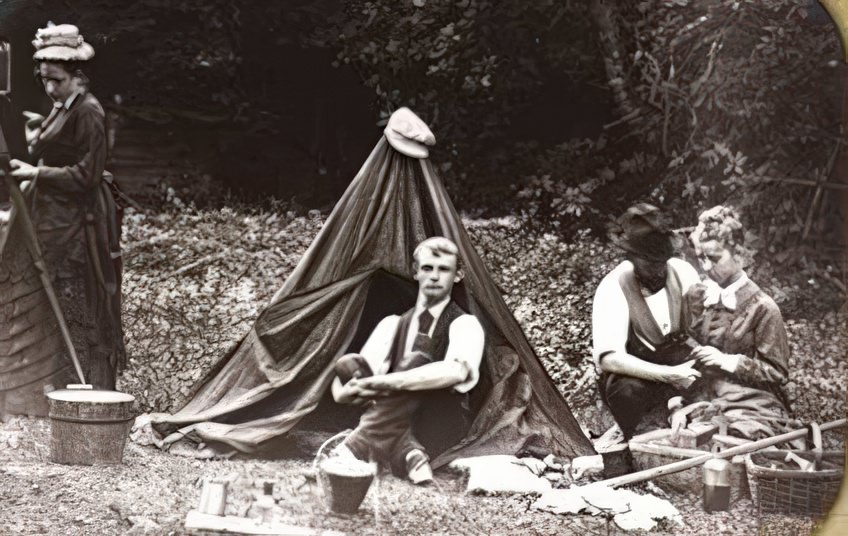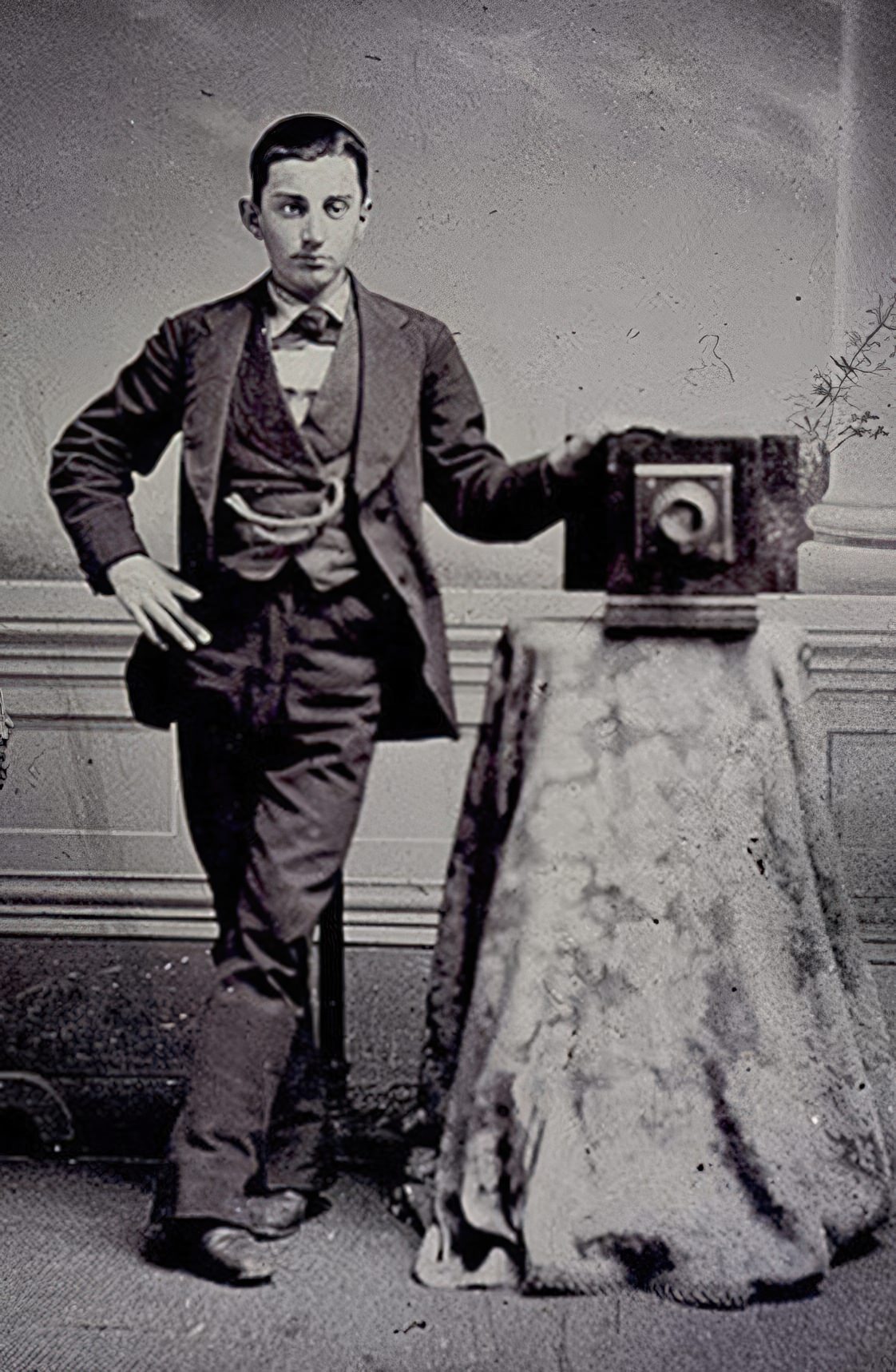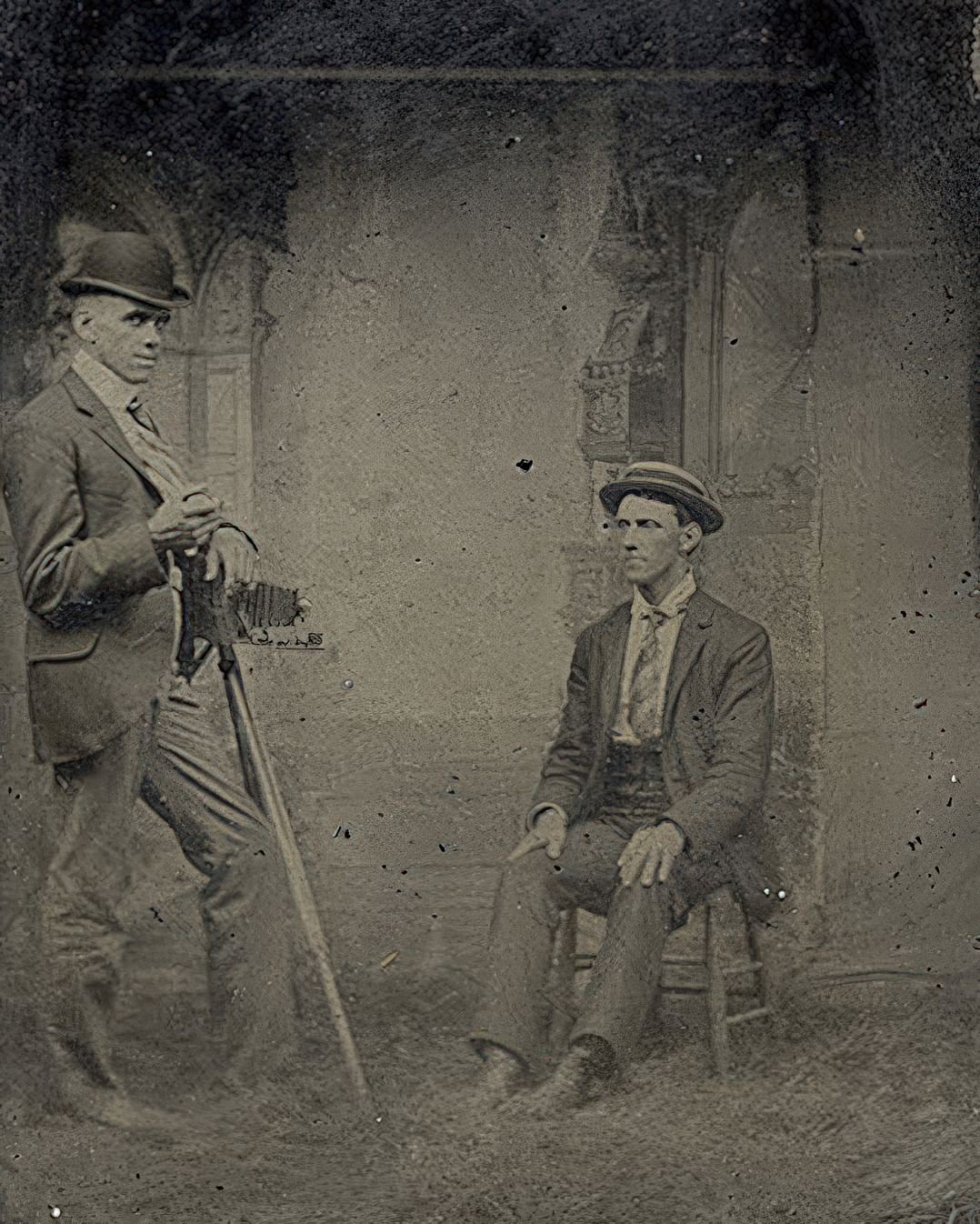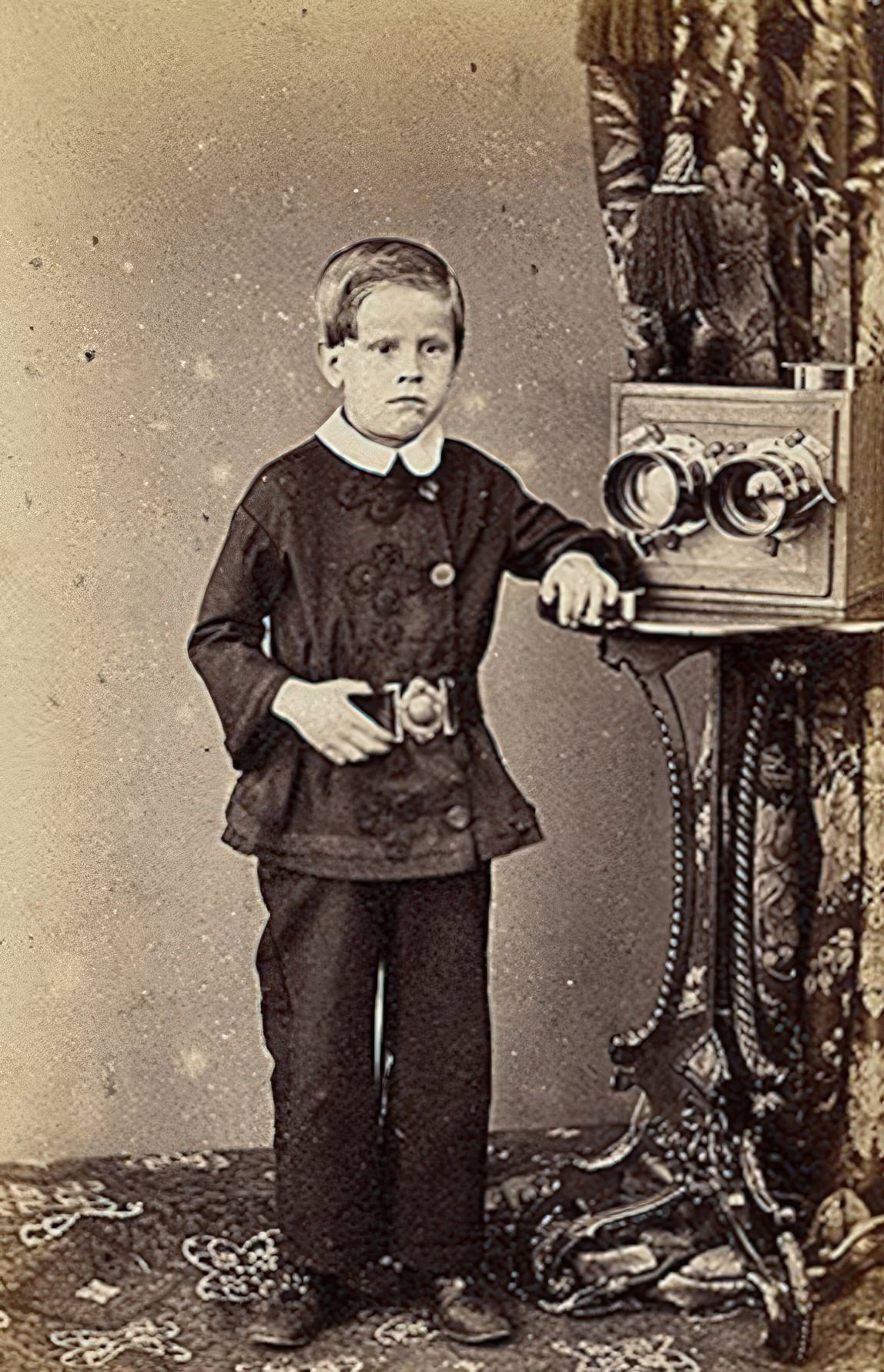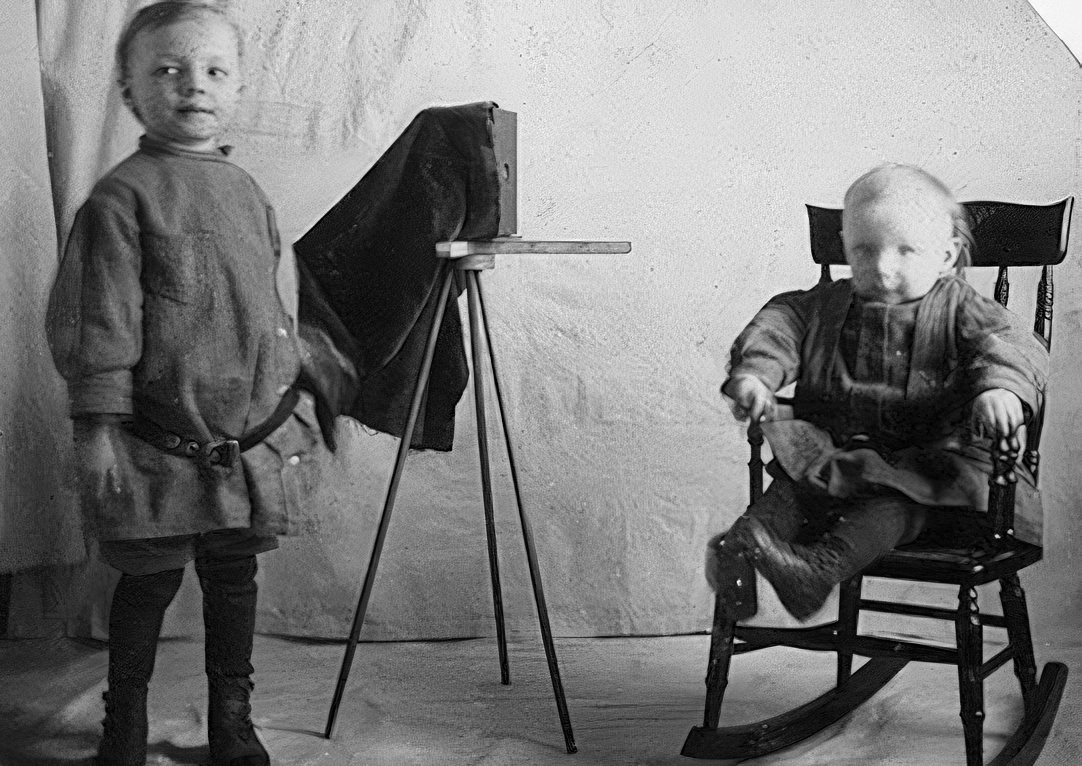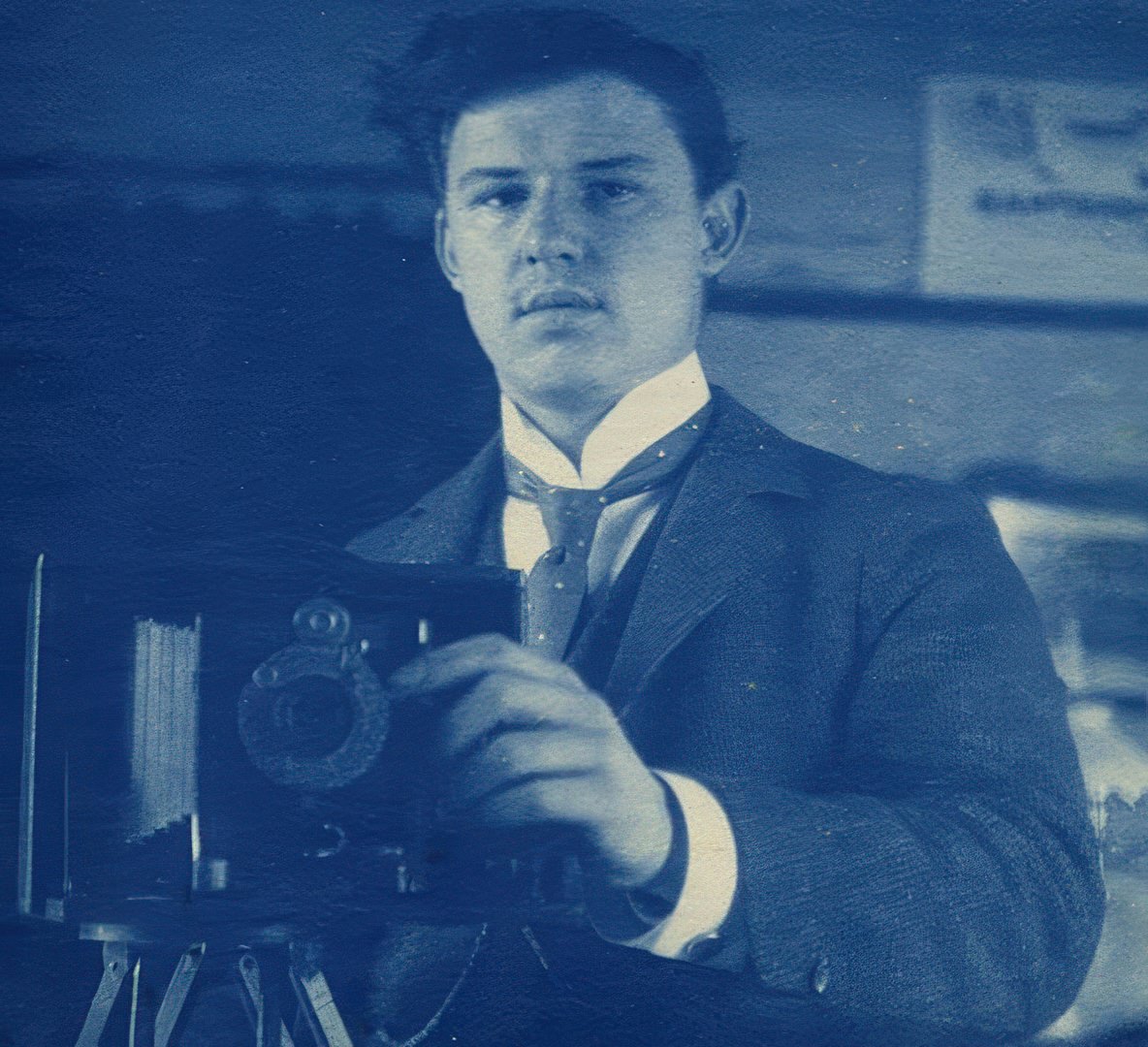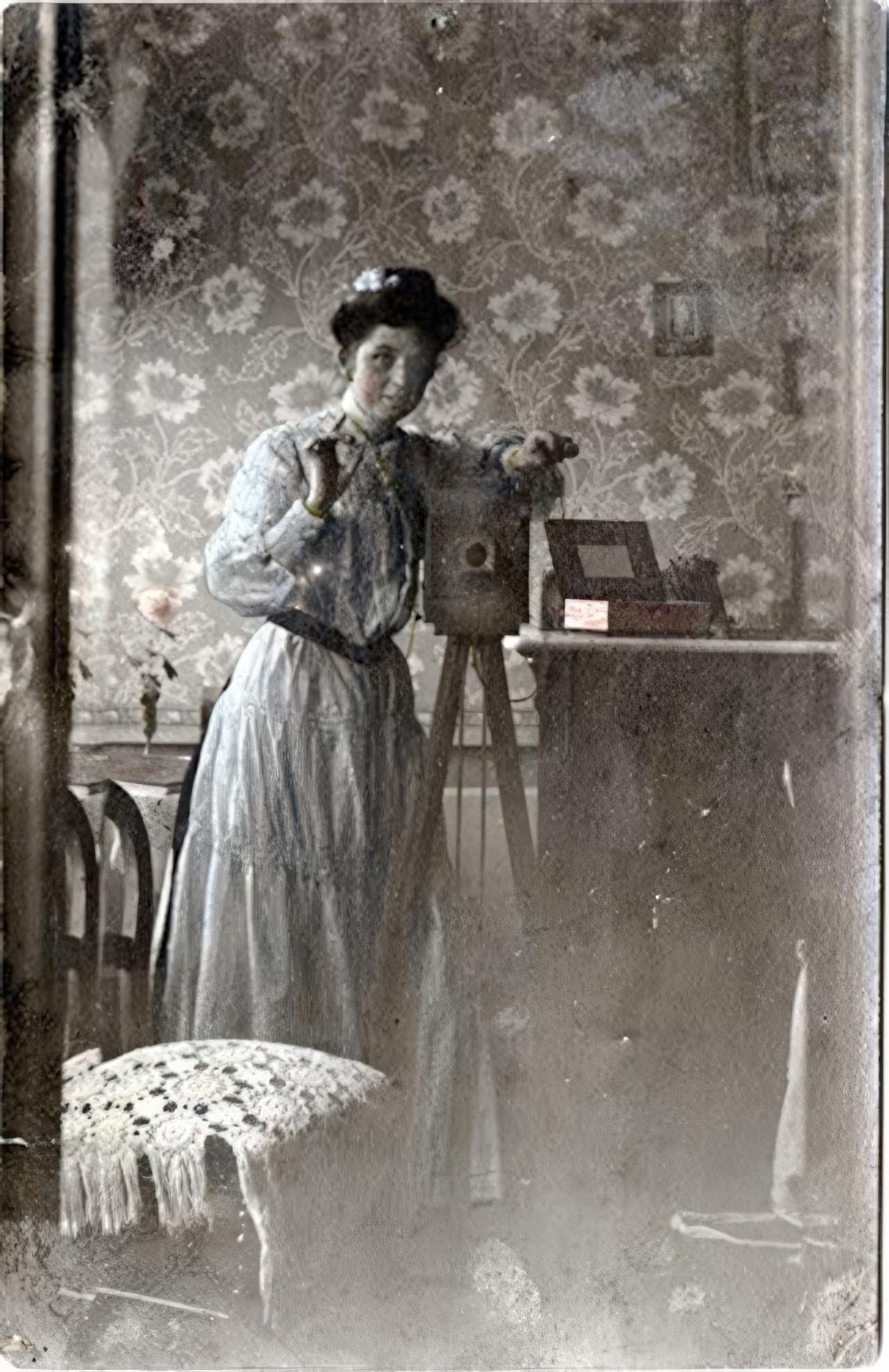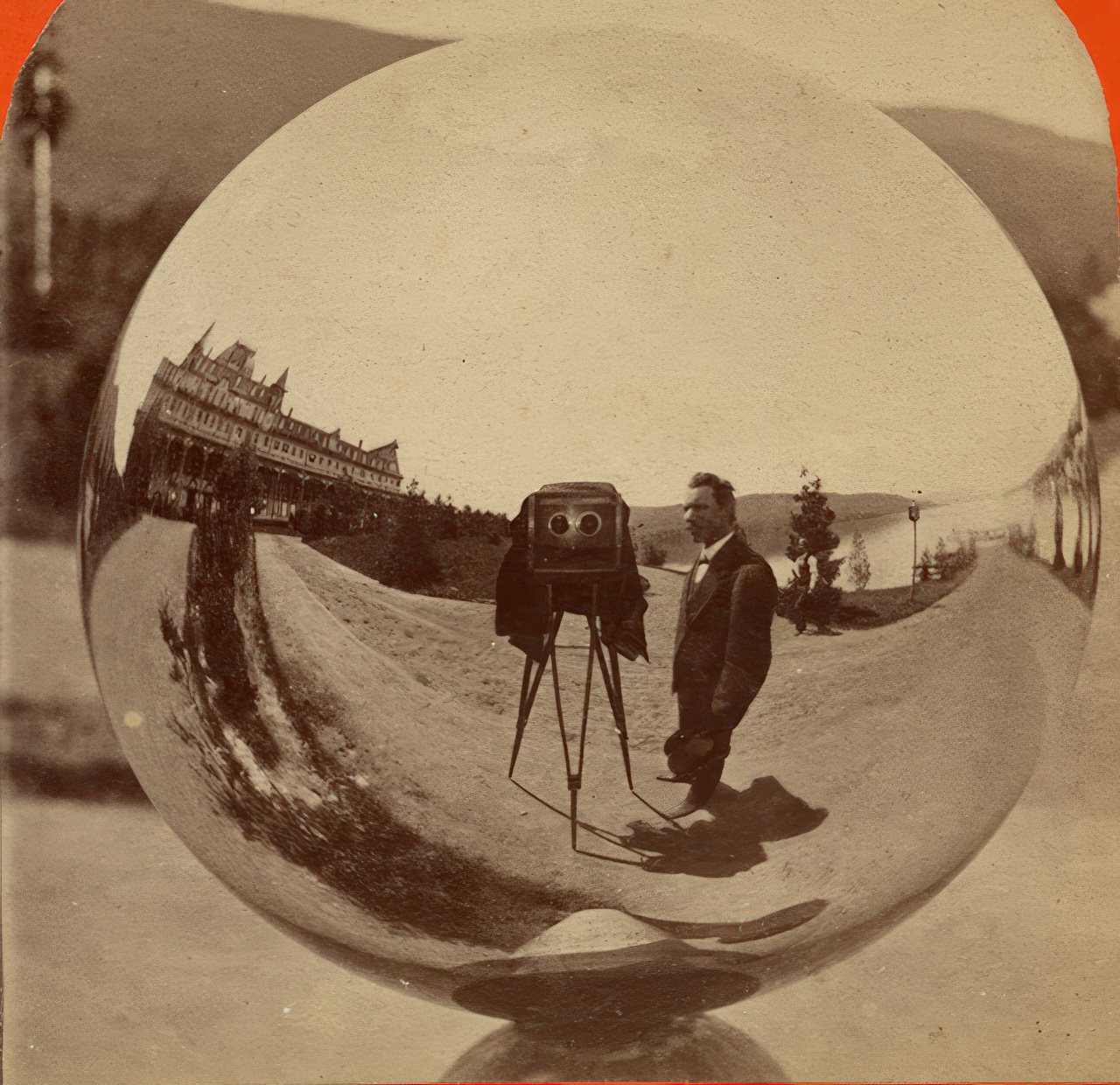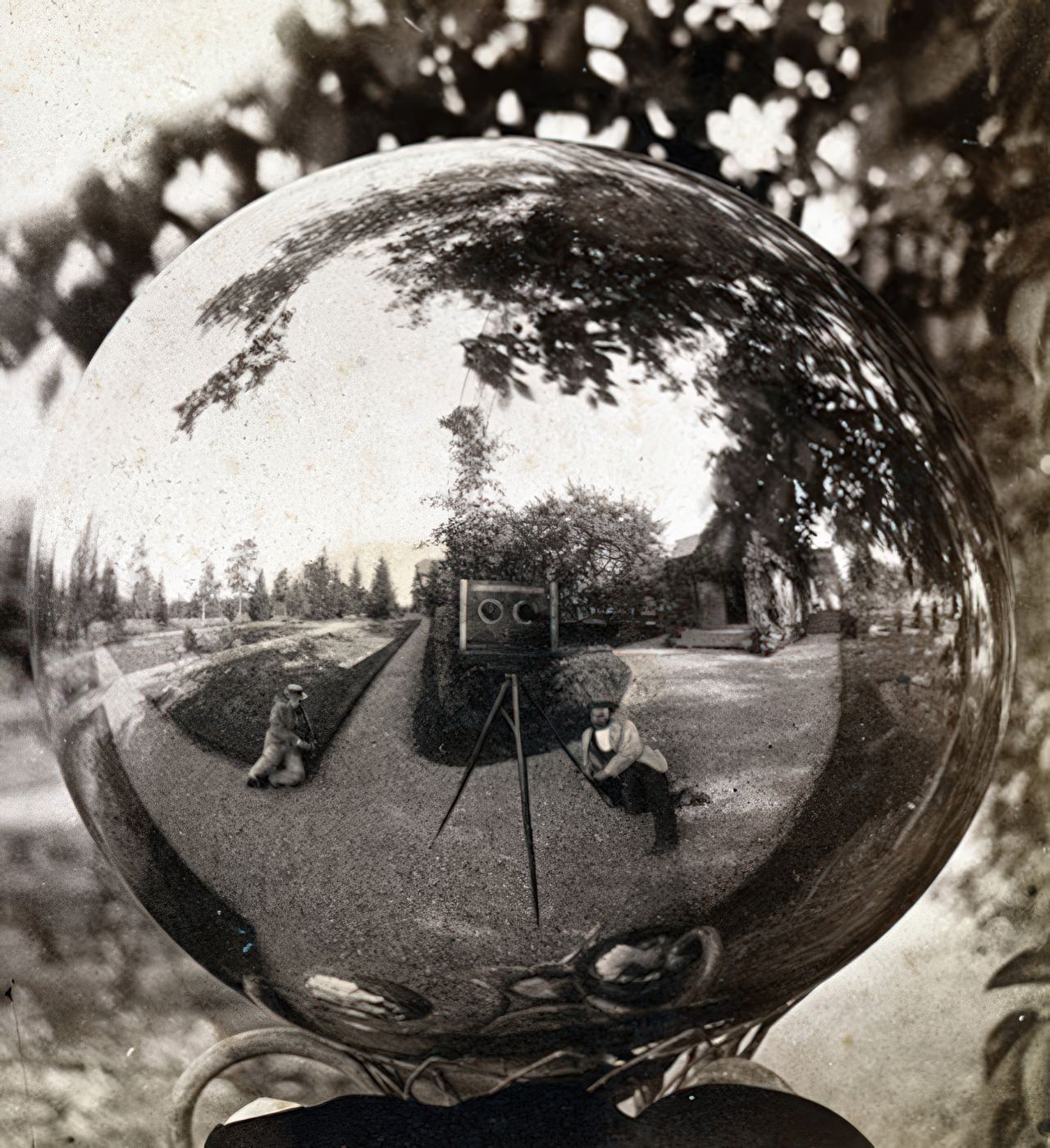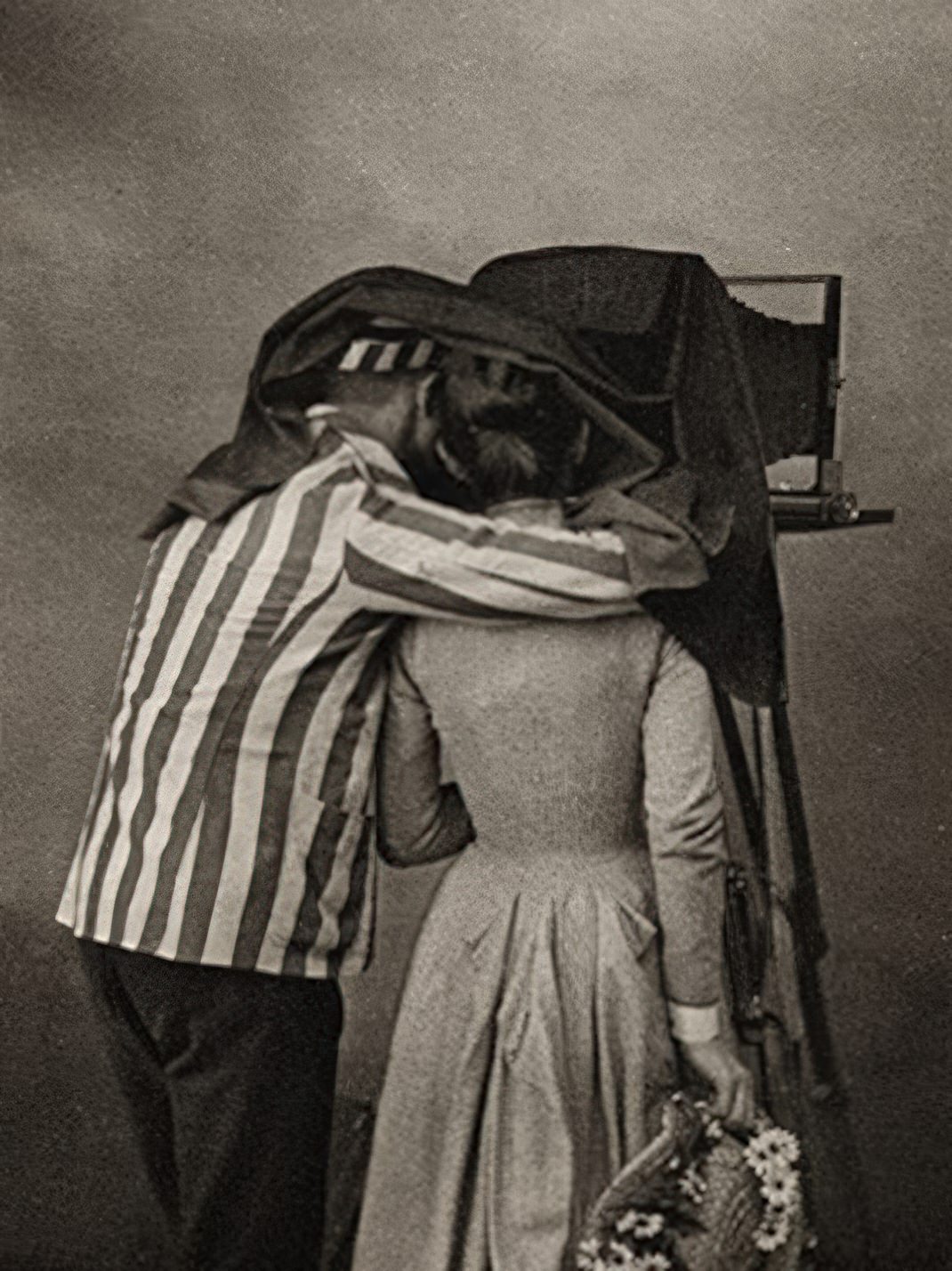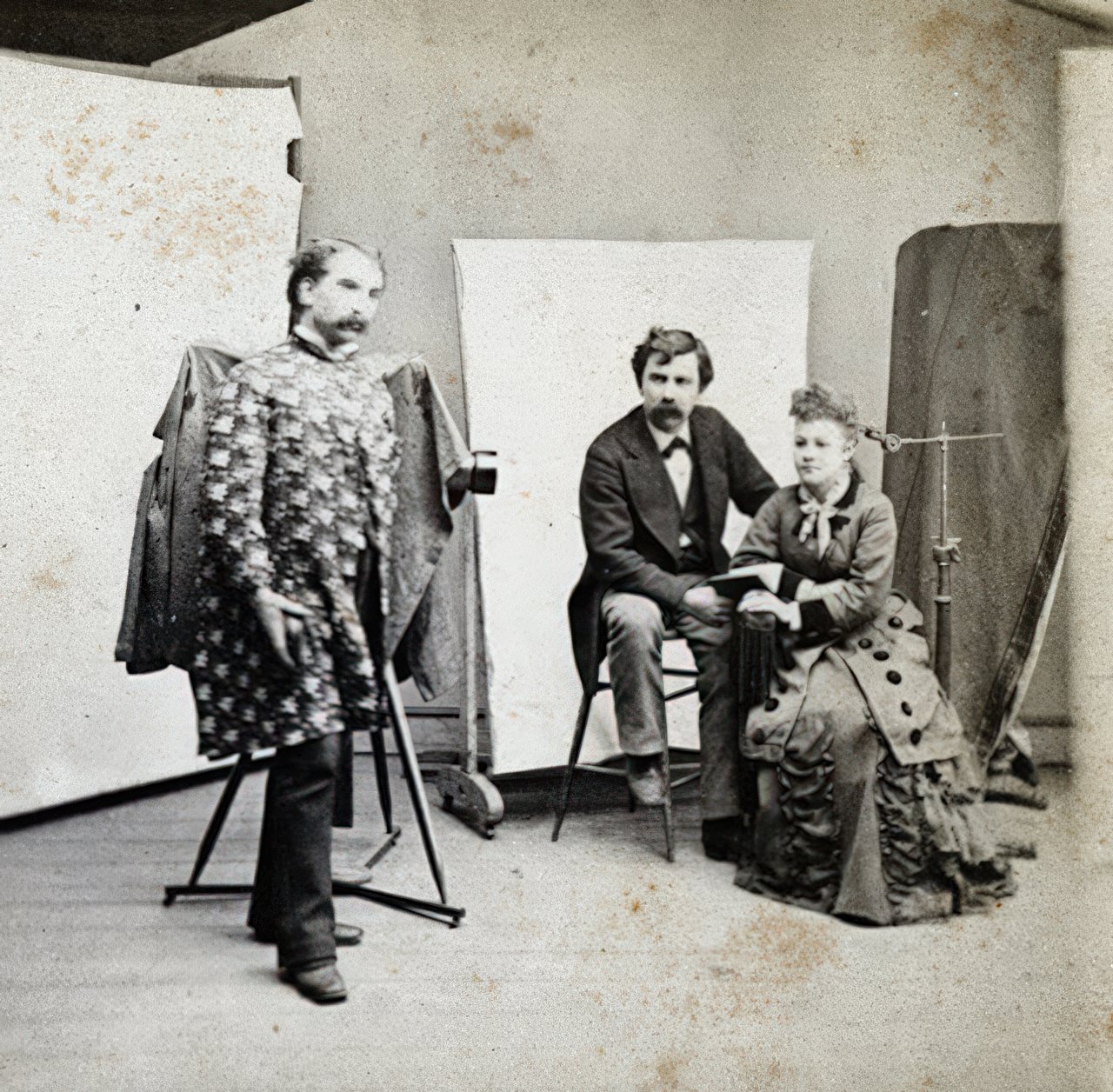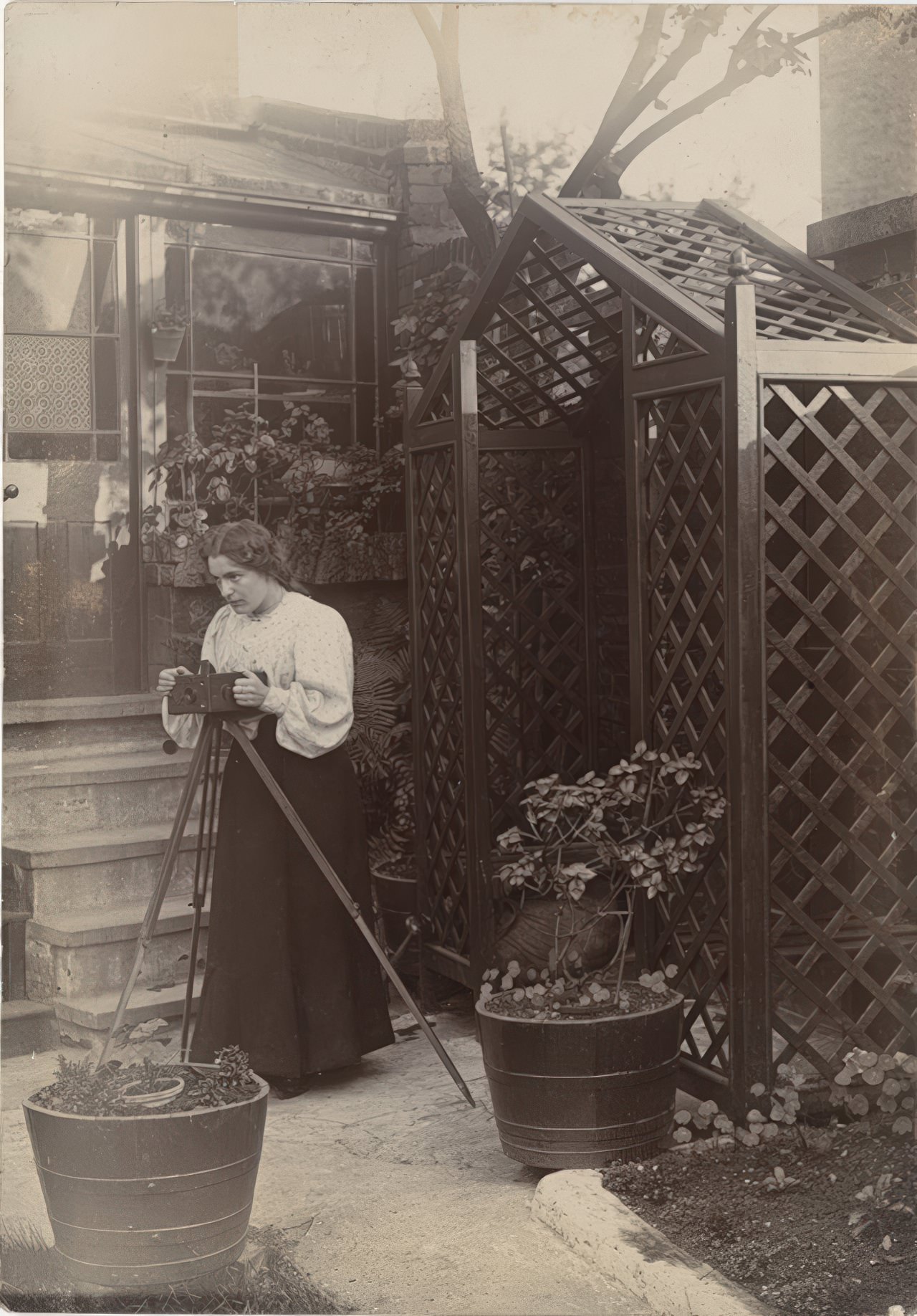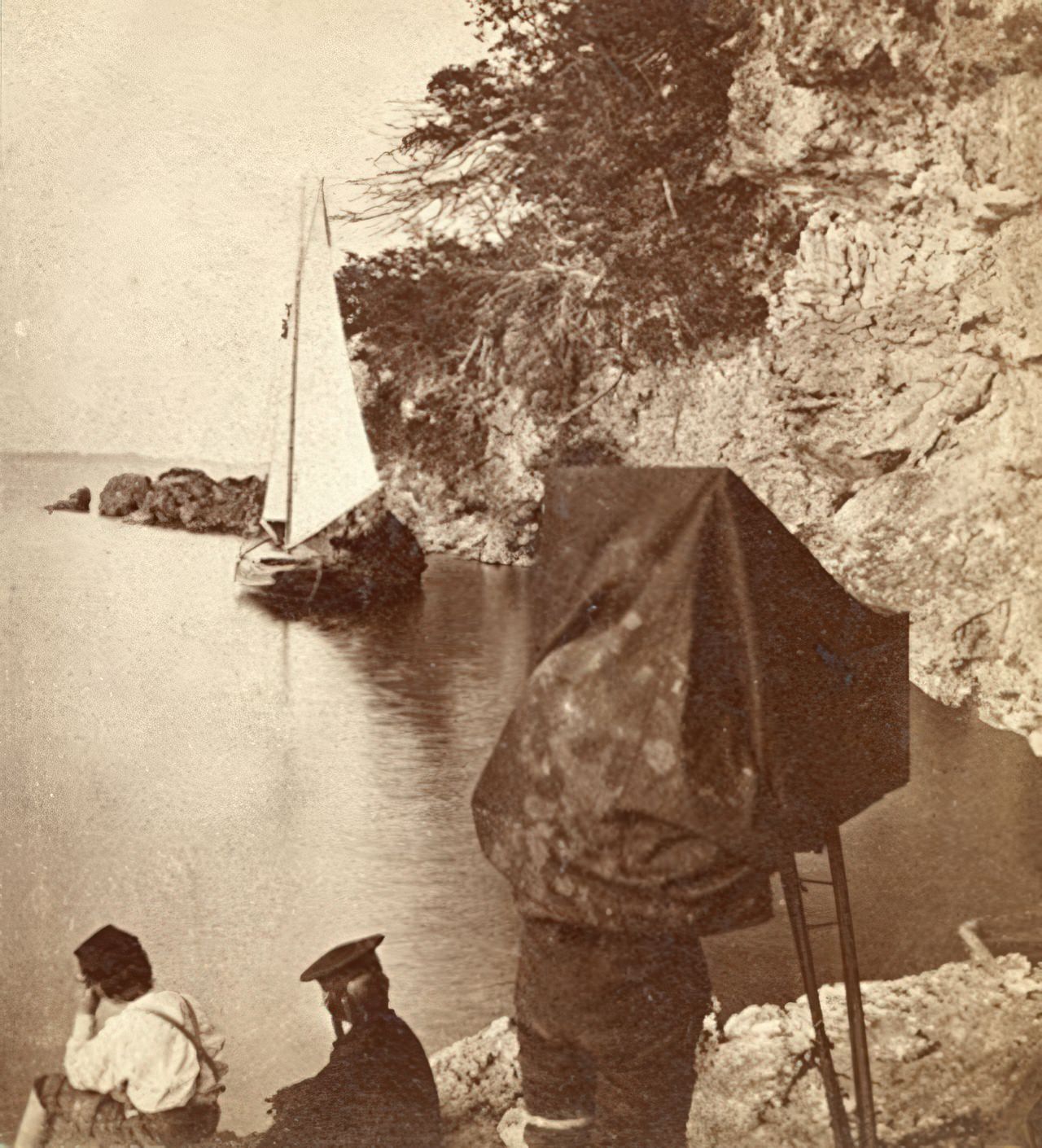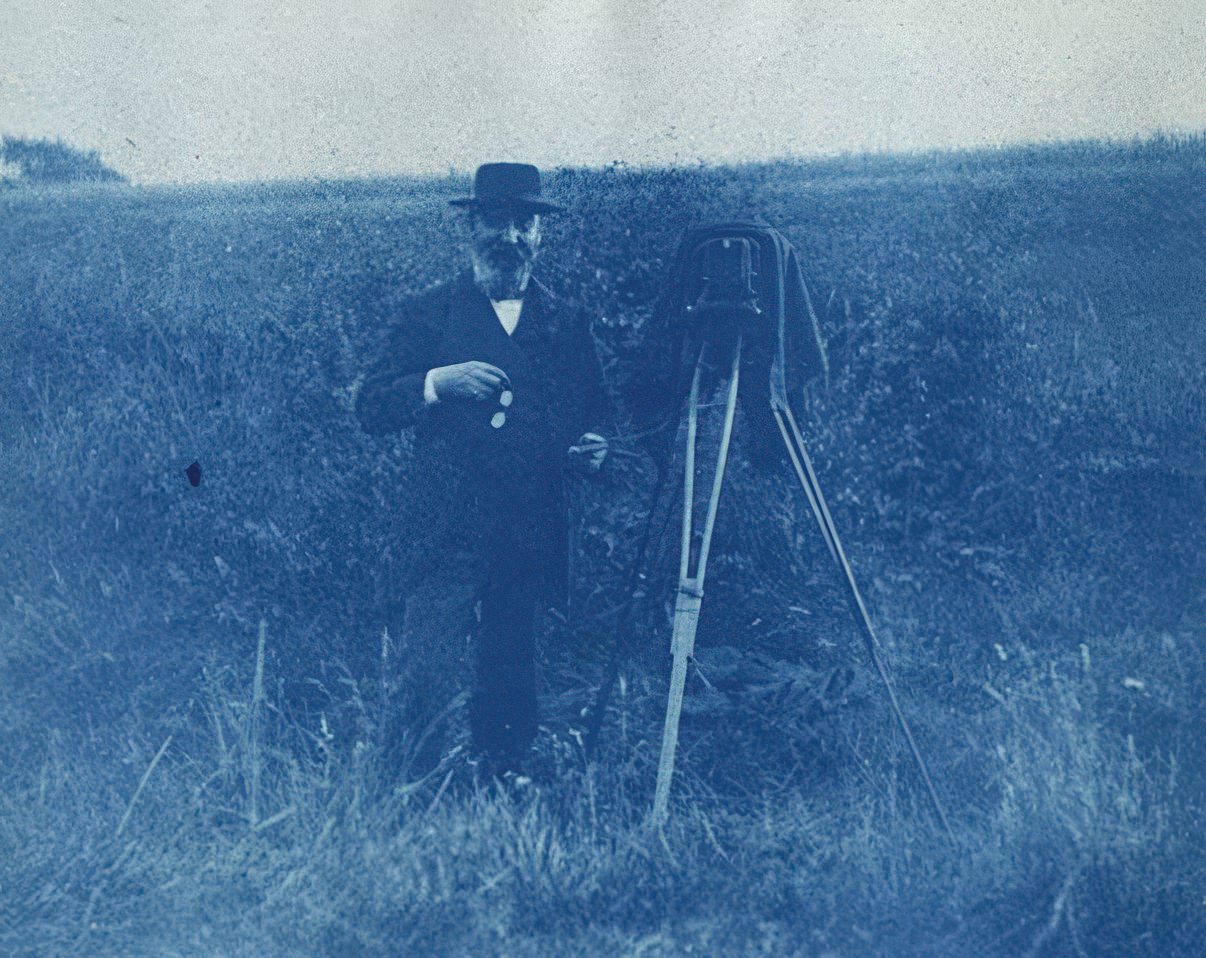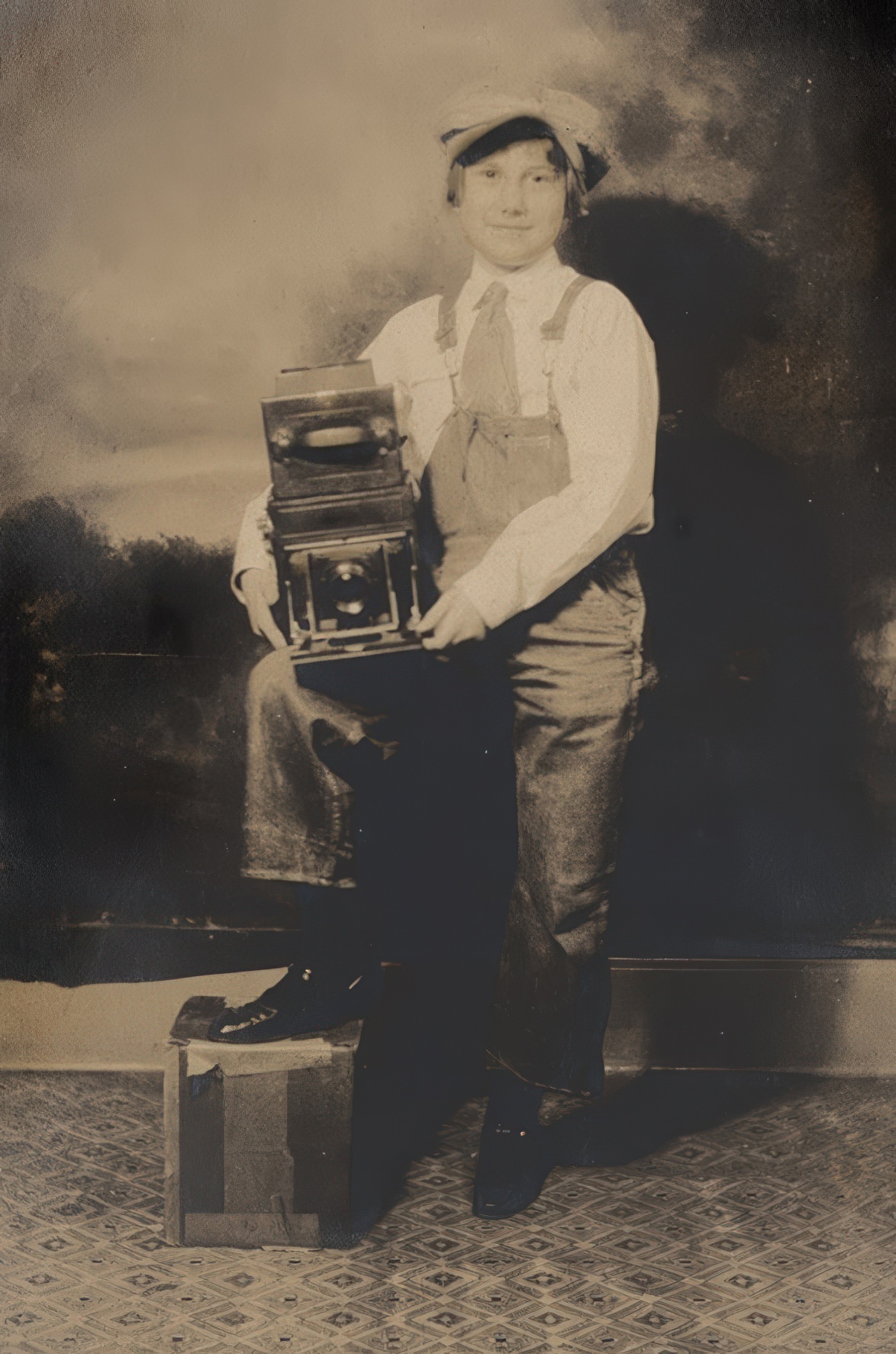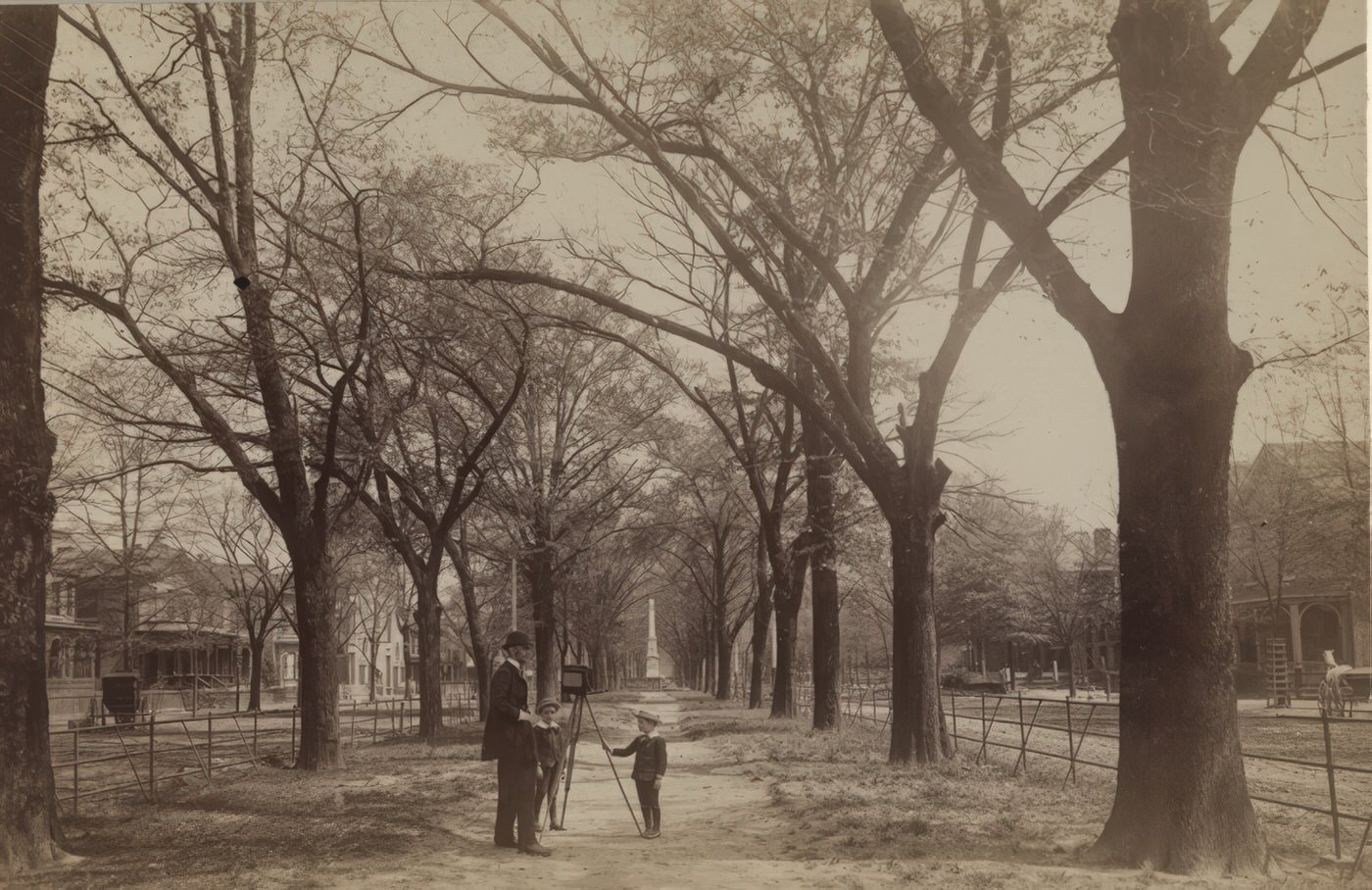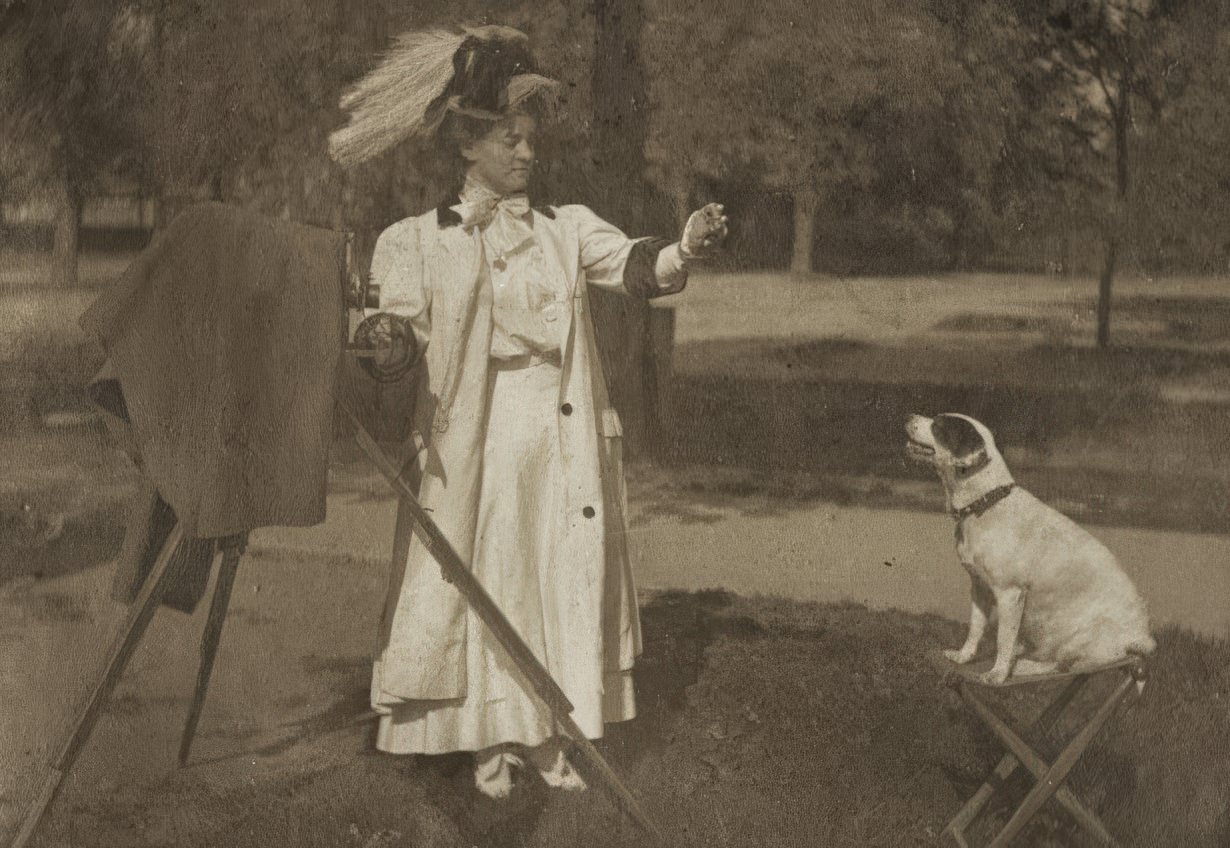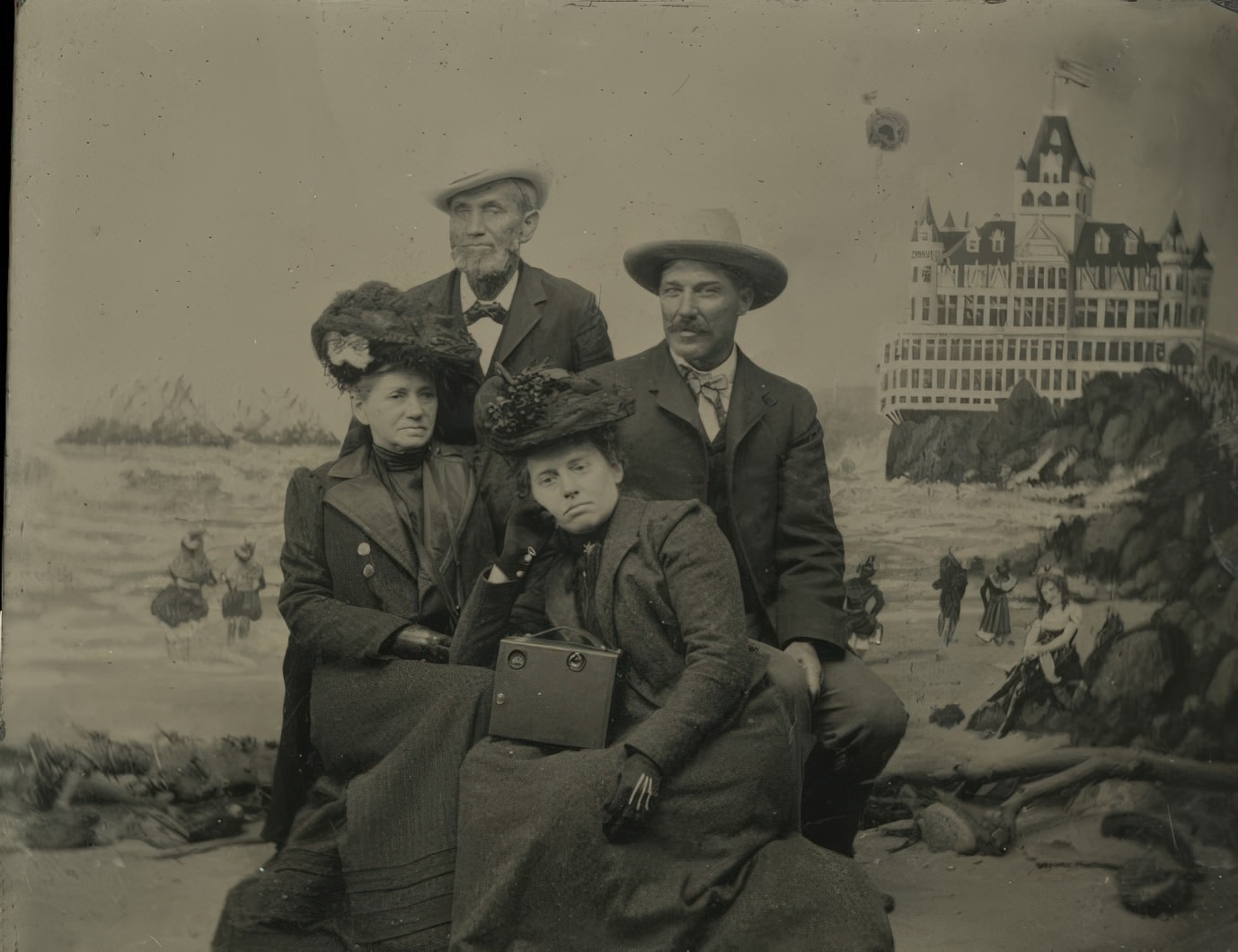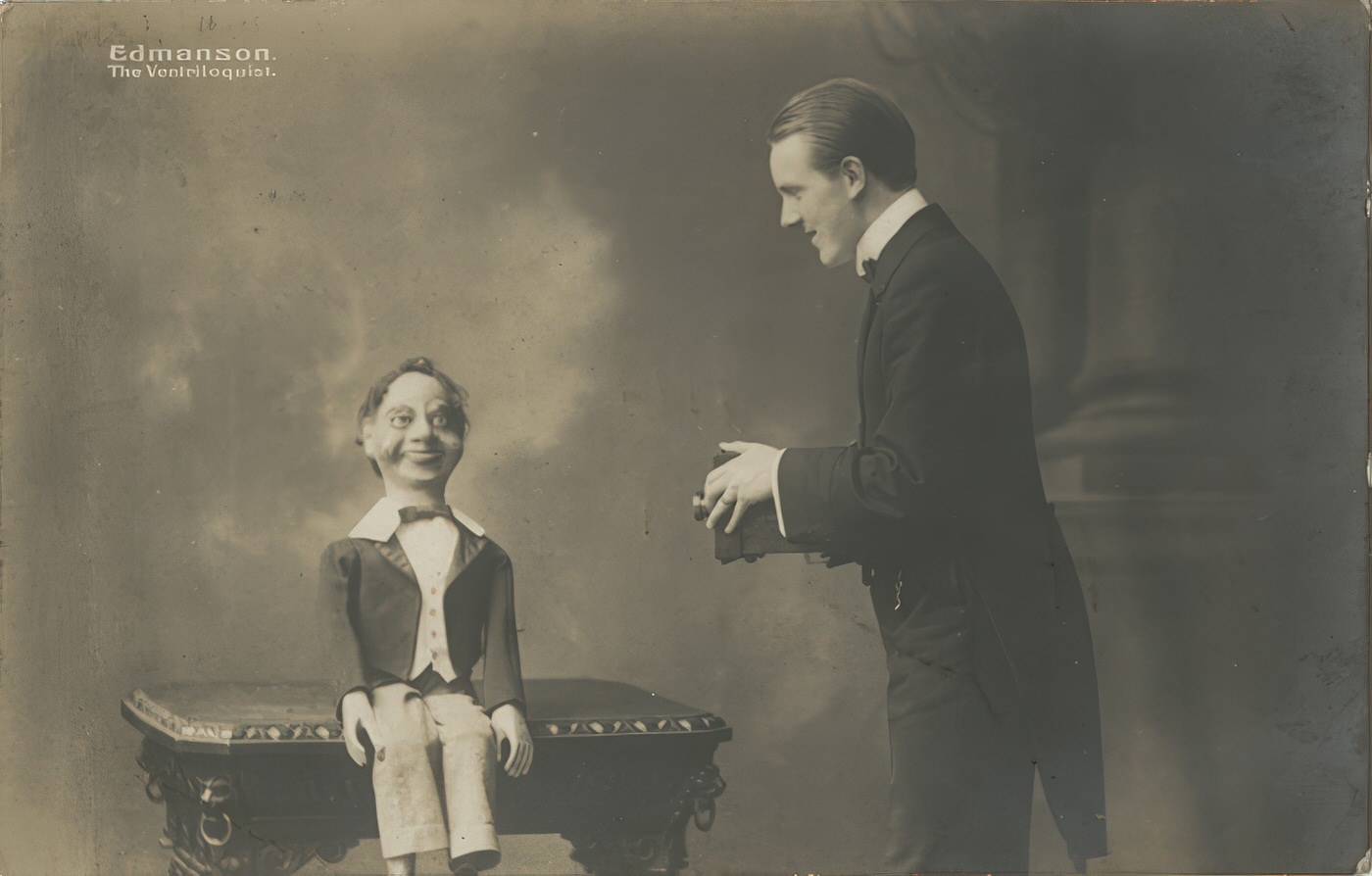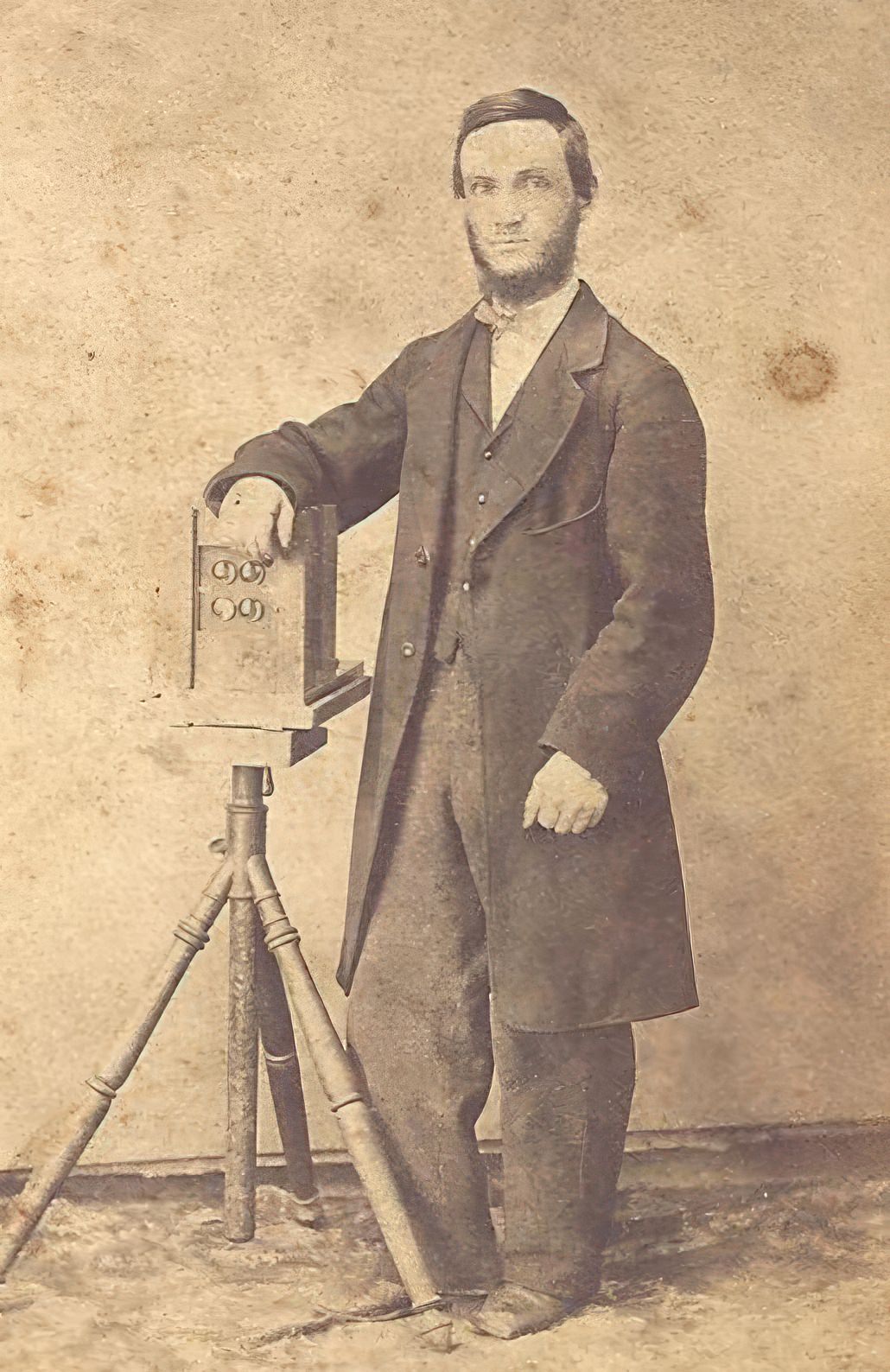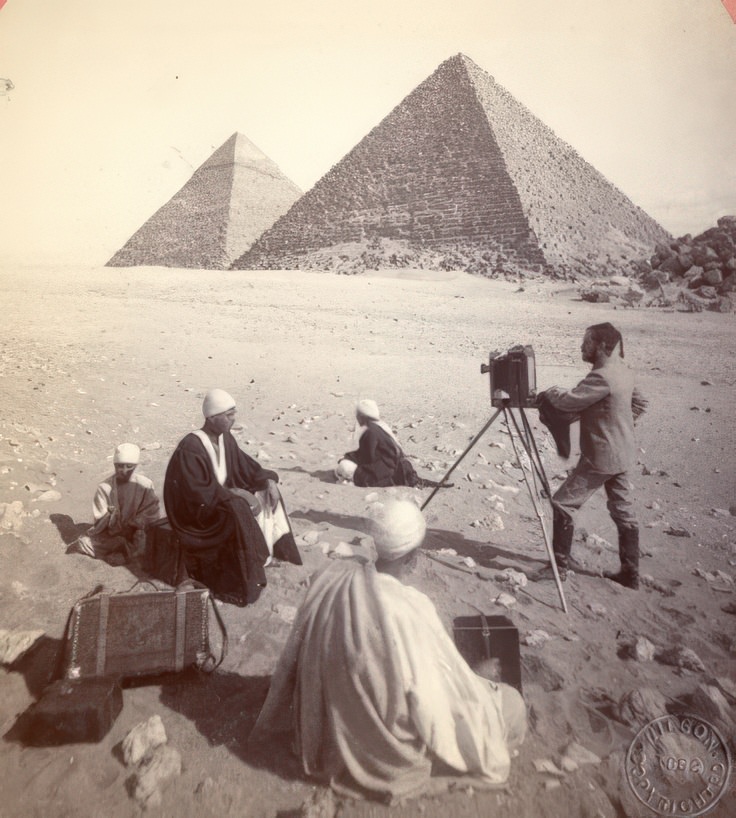Vintage photographs offer unique glimpses into history, and a particularly interesting category shows photographers from the late 19th century posing alongside their own cameras. These images often convey a sense of pride in their profession and, as historical context suggests, sometimes even a visible affection for the tools of their trade. They provide a fascinating look at the people behind the lens during photography’s earlier years, showcasing both the practitioners and their impressive equipment.
The Photographer and Their Essential Tool
In the late 1800s, photography was a specialized craft demanding significant technical skill, patience, and knowledge of chemistry. Cameras were far from the simple, handheld devices widely available today. Professional photographers of the era typically worked with large format cameras. These machines were often substantial pieces of equipment, frequently constructed from polished hardwoods like mahogany or cherry, accented with gleaming brass components. They featured large lenses mounted at the front, connected by flexible, accordion-like bellows to the back portion, which held the large glass plates used to capture the image (using processes like wet plate or, later in the century, dry plate methods). Because of their size, weight, and the need for absolute stillness during often lengthy exposure times, these cameras nearly always required the support of a sturdy wooden tripod. For the 19th-century photographer, the camera was an essential, often costly, and sometimes temperamental instrument central to their livelihood or serious hobby.
Read more
Reasons for Posing Together
When photographers chose to be photographed with their cameras, it served several purposes. Primarily, it was a clear declaration of their professional identity, showcasing the primary tool associated with their skill and artistry. For those operating portrait studios, such an image could also function as an advertisement, subtly highlighting their professional equipment and capability. The context describing these photos also points to the “pride and affection” photographers felt for their complex machines, suggesting a personal connection born from mastering and relying on this technology. Posing with the camera was a way to create a portrait that included the defining object of their working lives.
What These Portraits Show
These late 19th-century photographs typically show the photographer dressed in the standard professional or formal attire of the time. Men are often seen in suits, perhaps with waistcoats and ties, while the pioneering women photographers who might appear could be wearing the long dresses and modest fashions of the period. The poses vary; sometimes the photographer stands formally next to the imposing camera mounted on its tripod, presenting themselves alongside their instrument. In other images, they might interact more directly with the equipment, perhaps resting a hand on the camera body or bellows, adjusting the lens, or even simulating the act of taking a picture (though posing for a self-portrait with such equipment was complex). The cameras themselves often share center stage in these portraits. Their intricate construction, polished wood surfaces, reflective brass lenses, and complex mechanisms are clearly visible, making them visually impressive objects in their own right. These portraits were frequently taken within the controlled environment of a photography studio, possibly the photographer’s own or that of a colleague.


